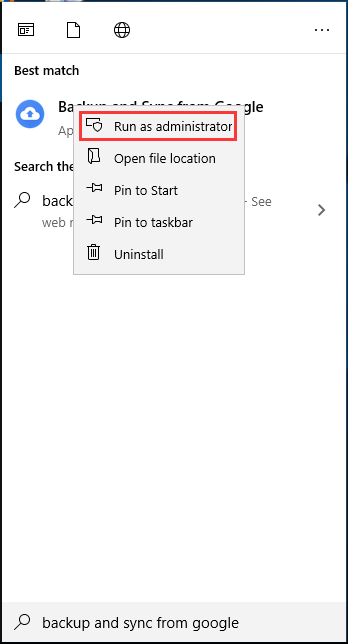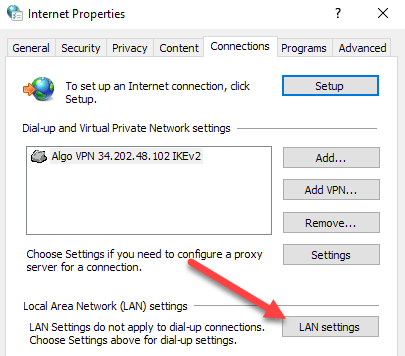
So, if you set up a regular sync over time, you only need to do a full copy the first time. This allows it to transfer only differences rather than the whole file.
Faster Execution: rsync is faster than scp because it uses a remote-update protocol. Well, there’re multiple benefits of using rsync. However, the question remains, why use rsync over scp? The scp command syntax is as below: scp option SOURCE DESTINATION This means it simply copies the files from source to destination. Scp (secure copy) is a popular command-line protocol that lets users copy files. You can easily follow the guide without issues using any other Linux distro. You also need two machines to make rsync.įor the tutorial, we’re going to use Linux Mint 21.1 Vera. SSH access for securely running rsync commands. Have access to the terminal/command line. You need to have root or sudo privileges. The rsync command achieves incremental updates by storing the difference in a temporary file before pushing it to the destination. Lastly, it’ll ignore existing files on both systems with no modifications. Similarly, for already existing files (both on host and remote), it’ll copy the difference between them (i.e., changed parts). If the rsync command doesn’t find a file on the remote but not on the host, it’ll copy and transfer it to the host system. It uses a delta-transfer algorithm to check the difference between the files. These programs will then determine the files and directories that need sync. Once connected, the remote host’s rsync communicates with the source. Rsync uses SSH to connect to the remote host and asks for a password. 
The step-by-step process rsync uses as follows: Use TCP rsync daemon for copying/syncing.Īs it is designed to work in Unix-like systems, it also works in Linux.Use ssh, rsh to copy/sync between two hosts.The rsync command can carry out copy/sync data tasks in two ways. The source and destination can be local or remote.

This algorithm involves copying differences between the two files across two hosts (source and destination). Under the hood, rsync uses the delta-transfer algorithm. It gives the user the ability to transfer/sync files between machines or two hosts seamlessly. Rsync is a remote synchronization command-line utility for Unix-like systems. This article will teach us how Rysnc works and give some helpful examples. This makes it very useful for migrating data, performing backups, and mirroring, making it great for webmasters and administrators for recurring data transfer tasks. With it, you can transfer files and directories. Rsync is a free-to-use command-line tool that lets you sync files locally and remotely.






 0 kommentar(er)
0 kommentar(er)
